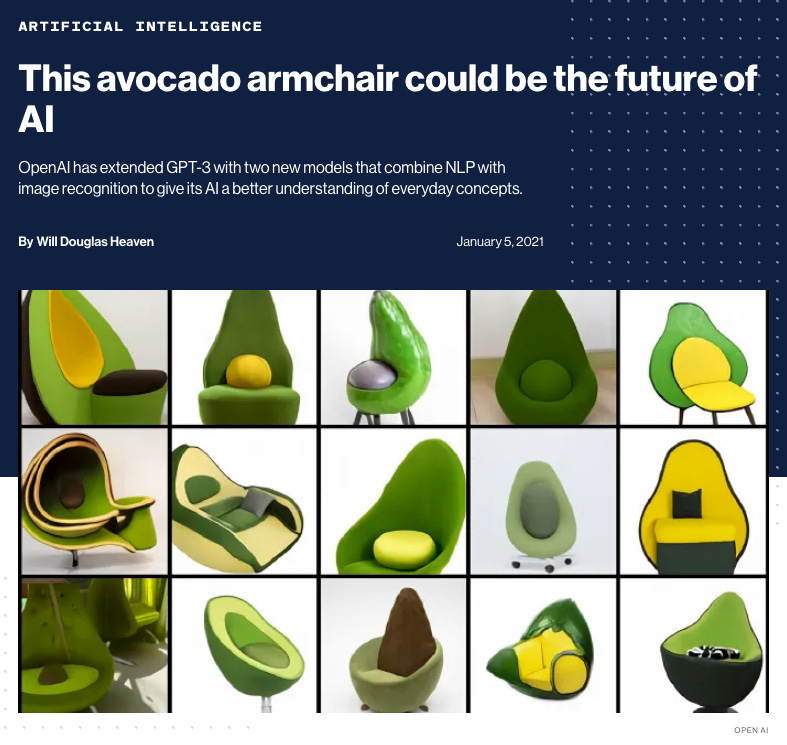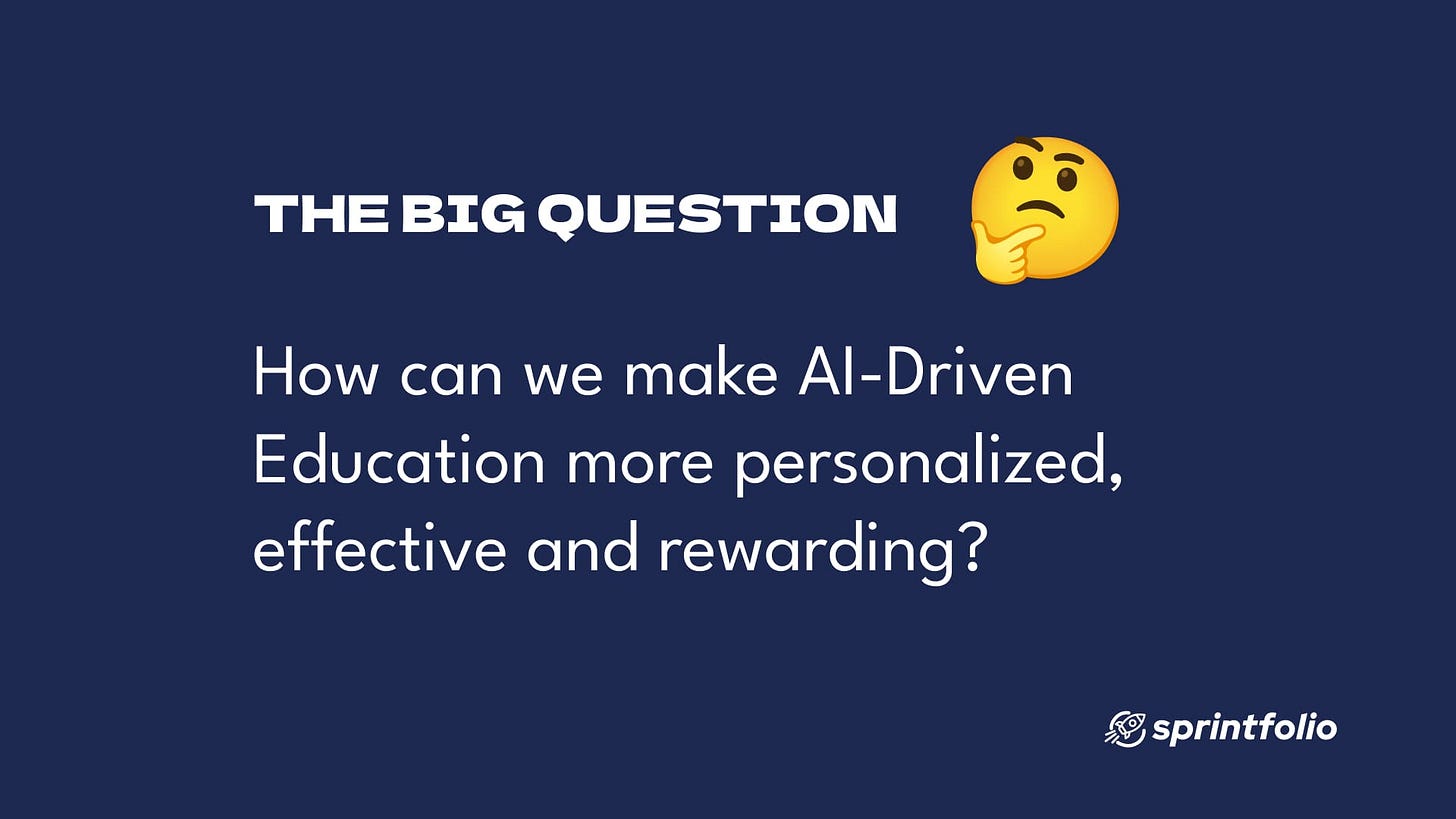The kid reading stories to her alien astromech
Find wonder in joyful relics of your past to fuel your next hyperspace voyage
As I dive deeper into the journey of building a startup in the constantly evolving AI landscape, I'm beginning to see myself as both a scientist and a technician.
Growing up my dad used to drive me crazy, but as I get older, more and more I start to see our similarities.
Story time…
My dad came to America alone.
He worked as a dishwasher while taking IT night school. After studying and learning enough English, he was able to bring his family, my mom and her extended family to the US.
My parents moved to Austin when Motorola opened up there and he worked as an IT technician for many years.
This was FAR earlier than SXSW. He had the foresight that Austin would become a big tech hub.
The frugal immigrant as he was, he was and is a hoarder. Luckily he had the attributes of both a scientist and technician - c r a z y organized.
Here’s a snapshot of his current tinkering lab. What you don’t see is the washer and dryer to the right, and then the door to the garage. 🤣
When I was young, he would bring home random disposed hardware to tinker with.
One day he lugged home a 3 foot robot.
It had to be nearly 100 lbs. It looked like an astromech like r2d2. I was in awe.
I remember having watched ET at that time. I loved everything about space, aliens and computers.
My dad kept the little astromech in our computer room closet. I built a small blanket fort in there and spent hours holed up in that dark closet. I confided in my robot friend and would read stories to it.
As a child, I know it wasn’t alive, but there was a sliver of hope that it would activate by some alien design. It would wake up and appreciate my care, and I would make first contact and become its best friend.
Unfortunately, it never did and I grew up, and it was chucked to Goodwill.
My childish optimism in AI space robots was archived.
Fast forward to the present…
It’s funny to admit that fear is what drew me closer towards working with AI.
Sometime in 2022, I stumbled upon the Dalle-2 preview trailer and waitlist. I was a creative designer at USAA, and the tech layoffs whispers had already begun.
The immediate knee jerk reaction I experienced when watching that trailer was that… AI was going to take my job.
I mean look at those avocado chairs! 🤣
I was studying UX slowly on my own. At that point, I had spent too many dollars on Coursera, begrudgingly moving along through the course, creating a project I felt cringe about.
That ai-generated avocado chair lit a fire under me.
In my eyes, it was the end of photoshop days.
I resolved to seriously learn UX, and become more technical and strategic.
As a graphic designer, I was always zoomed into the details.
I wanted to zoom out and learn how to solve big problems – and now AI could help me.
Right before getting buildspace’s invitation to join sf1, I was enrolled in a programming bootcamp. I had won a scholarship from winning the Miami Hack Week UXDesignathon hackathon. I decided to unenroll, because I knew then my learning style has always been “trial by fire” and project-based.
I also knew my passion for democratizing online education would carry me through tough times.
Towards the end of buildspace sf1, it was hard to admit that my team was burnt out. We tried so many things to figure out how to keep Sprintfolio free, focusing on the client/company channel to support our work. The reality was companies did not want to invest in early stage designers.
There might of been other avenues to approach, but our runway was getting narrow. My cofounders and I had been unemployed for some time before getting to San Francisco, and that city ain’t cheap.
I’m really grateful for the serendipity of buildspace IRL events and getting to meet our technical lead at Season 4 IRL. He made a strong case that charging an affordable rate would actually improve the quality of our program and strengthen the commitment that our designers would put into the program. We teamed up for the AI Sprintfolio V1 platform.
The Results of our Closed Beta
We made our first $1K from the closed beta. We had 50 participants but had to cap it at around 33. We had a few refunds at the start, which I investigated.
Some expected to be taught more closely on how to use AI design processes.
A few were scheduling workload issues. One had a death in the family.
We advertised a 3 week cohort, and it actually extended to be about 3 months. While we value efficiency in our program, the fast pace nature was unrealistic, especially for people working part-time or have kids.
A driving force in our designers’ completion was the community we built around them, so we decided to create a Design Advocate team for the open beta, which is comprised of winners from our past Sprintfolio sprints, designers who finished the closed beta sprint, and a few new designers that came from my 50 Designers Watchlist that I found very impressive.
This Design Advocate program serves 3 main goals:
We can learn from their journeys and understand the personas they embody to create a better platform and program. Some are totally fresh, some are post-bootcamp, transitioning visual designers and one product manager.
We are testing out our “Talent Network” and post-sprint professional development services. It’s not just about finishing the dang ol’ portfolio - it’s also about how you present them and yourself.
We are empowering them to become design leaders to become pillars of our community.
When we kicked off our first meeting with them, I presented our vision for the future. This was the most exciting slide: How can we make AI-Driven education more personalized, effective and rewarding?
I swear their eyes lit up through the screen.
Lots of hands were raised with ideas.
Such a good discussion I wanted to keep going!
We plan to meet monthy during the course of open beta. I am beyond excited to see what this motley crew of designers will learn and build with us.
Launching V2 of our AI-Driven Platform
We just finished week 1 of launch.
We have 6 designers onboarded! 😃
We moved into a monthly membership plan of $70/mo (minimum 3 months) or discounted rate of $199 (min 3 months). This structure reflects our commitment to providing accessible and flexible options for designers at every stage of their journey.
Based on what we experienced in the closed beta, we require a 3 month commitment for these main 3 reasons:
Quality does take some time. While we understand the importance of agility and adaptability in today's fast-paced world, we believe that quality and depth of learning requires dedicated time and commitment. In the closed beta, we got designers to presentation day, but it didn’t mean they all finished their actual case studies that go on their portfolios - important to applying for jobs.
Not everyone is on the same path (hence working moms vs college students vs unemployed professionals), we’ve designed V2 to give our designers both flexibility and speed. There’s 4 quarterly checkpoints per year of eligibility to attend a Showcase Day to present your case study to clients, senior designers and potential hiring managers. If you finish your project quickly, great! Move onto the next, or utilize our talent network and get advice + accountability on your professional goals.
Long term mentorship is more effective than short term. By understanding the nuances of each designer's trajectory – past, present, and potential future – we can provide personalized guidance and support that truly makes a difference. To me - mentorship is just advice, a hypothesis. Without the right data, I can’t really give you accurate advice.
Propelling forward into Week 2!
As we embark on this next phase of our journey, I find myself reflecting on the path that has led me here.
My father's courage and tenacity, from the sacrifices he made to bring our family overseas to the opportunities he worked tirelessly to create for us, serve as a constant source of inspiration.
I think about the seemingly small gesture that left a mark on my childhood—a random thought my father had one day, bringing home a life-sized robot in the hopes that his children would find joy and wonder in its presence.
It remind me of the power of imagination, possibility, and the enduring impact of the choices we make, both big and small.
My dad and I tend to overthink things. I can imagine thoughts like “what if it doesn’t fit in the car? what if I hurt my back carrying it? what if it takes up too much space at home? what if my coworkers think I’m weird for taking home trash?”
I’m glad he didn’t over think it. I will try to do the same in the next leg of our iteration.
So Long, and Thanks for All the Fish 🚀








